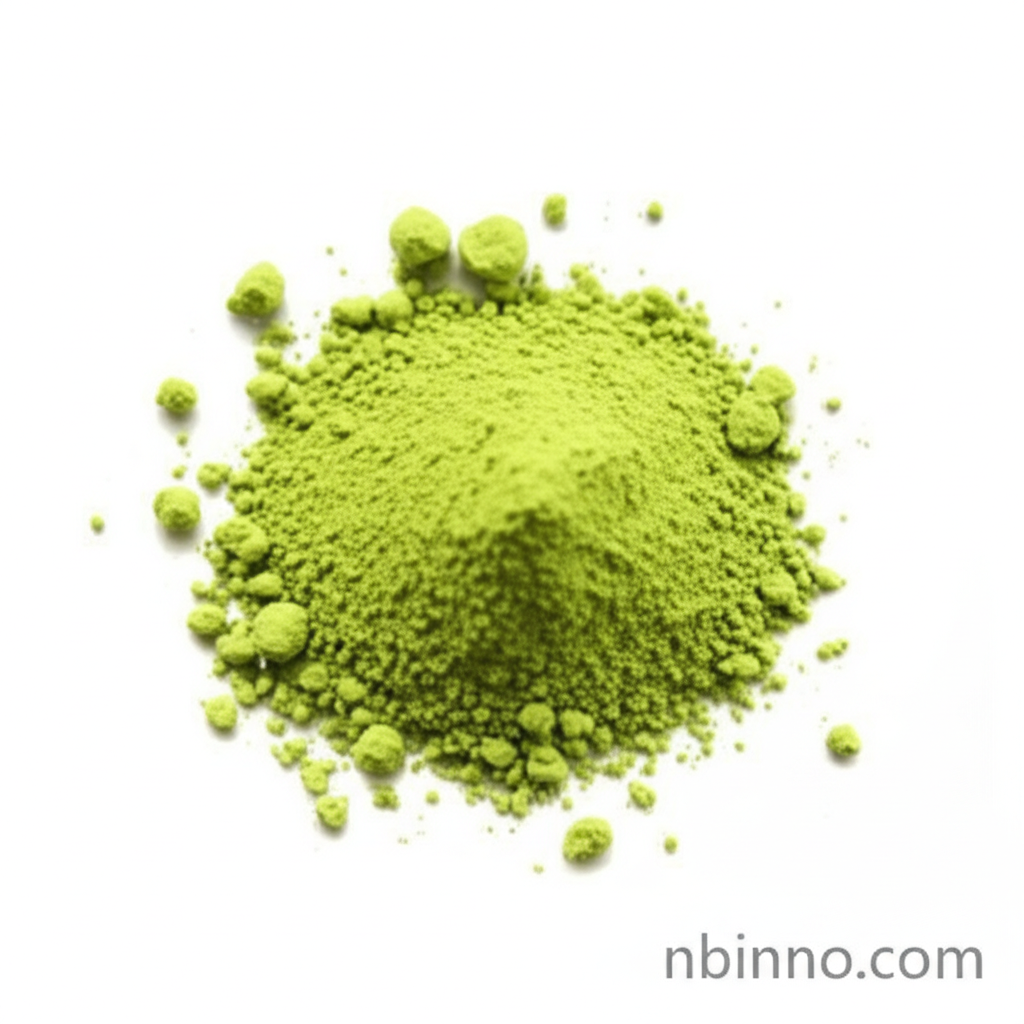1,5-Difluoro-2,4-dinitrobenzene: A Versatile Chemical Intermediate
Explore the synthesis, properties, and broad applications of this key organic building block.
Get a Quote & SampleProduct Core Value

1,5-Difluoro-2,4-dinitrobenzene
This halogenated nitrobenzene derivative, known as 1,5-Difluoro-2,4-dinitrobenzene (CAS 327-92-4), is a crucial compound for advanced chemical synthesis. Its chemical structure, featuring two nitro groups and two fluorine atoms on a benzene ring, imparts unique reactivity. As a key chemical building block, it plays a vital role in creating more complex organic molecules.
- Discover the intricate synthesis routes for 1,5-difluoro-2,4-dinitrobenzene, often starting from readily available precursors like 1,3-difluorobenzene, with optimized yields and purity levels reported up to 98.2%.
- Leverage its properties in nucleophilic aromatic substitution reactions, a fundamental transformation in organic chemistry, allowing for the precise introduction of various functional groups.
- Explore its utility in introducing fluorine atoms into other aromatic systems, a process that can enhance chemical stability and modify electronic properties of target molecules.
- Understand its role as a versatile reagent in organic synthesis, enabling researchers to construct diverse molecular scaffolds for pharmaceuticals, agrochemicals, and materials science.
Key Advantages
Enhanced Reactivity
The presence of electron-withdrawing nitro groups and fluorine atoms on the aromatic ring makes 1,5-difluoro-2,4-dinitrobenzene highly reactive, particularly in nucleophilic aromatic substitution reactions, facilitating efficient chemical transformations.
Versatile Building Block
As a chemical building block, it is instrumental in the synthesis of a wide array of complex organic compounds, including intermediates for pharmaceuticals and specialty chemicals, contributing to innovation in various industries.
Fluorine Introduction Capability
Its structure allows for the effective introduction of fluorine atoms into organic molecules, a critical step in developing compounds with improved stability, bioavailability, and specific electronic characteristics, vital for medicinal chemistry.
Key Applications
Organic Synthesis
Utilized as a key intermediate in various organic synthesis pathways to create complex molecules and fine chemicals.
Pharmaceutical Research
Serves as a precursor for synthesizing pharmaceutical intermediates and drug candidates, contributing to advancements in medicinal chemistry.
Materials Science
Its unique properties are explored for developing novel materials with specific electronic or structural characteristics, driven by its role as a fluorinated aromatic compound.
Agrochemical Development
Can be employed in the synthesis of active ingredients for agrochemicals, leveraging its reactive nature and structural features.
